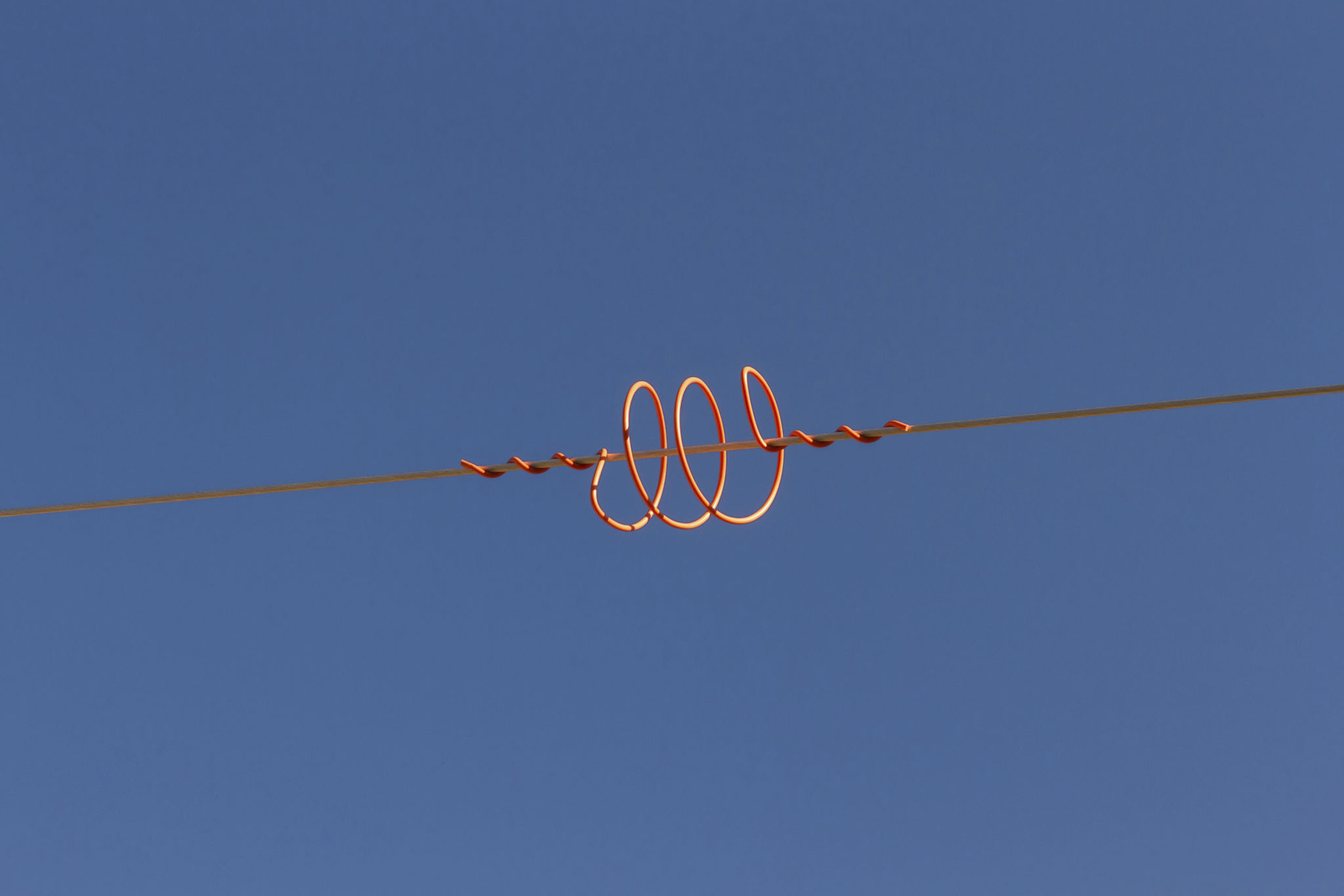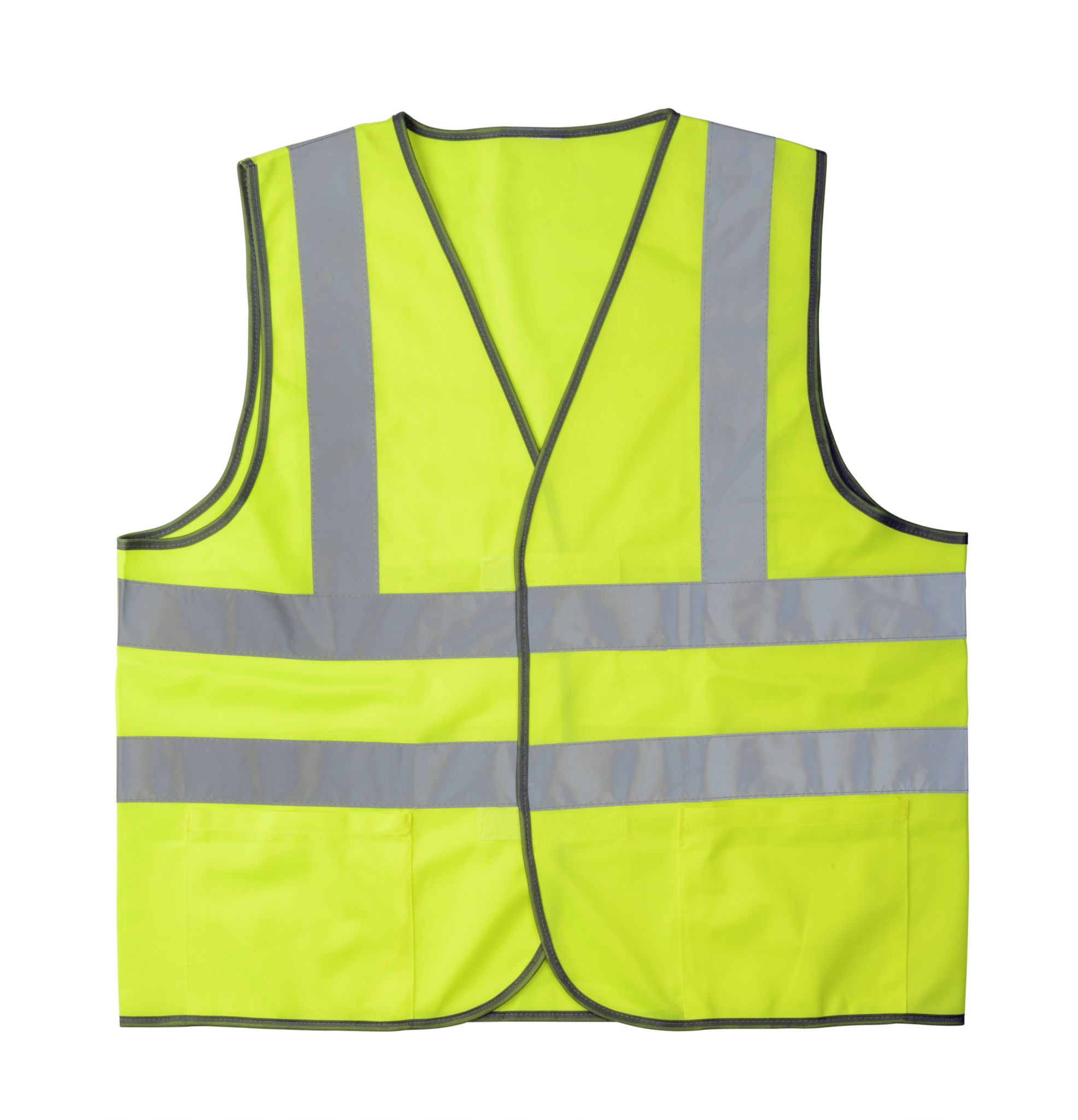Innovative Materials Used in Bird-Flight Diverters: Enhancing Visibility and Durability
Introduction to Bird-Flight Diverters
Bird-flight diverters play a crucial role in reducing avian collisions with human-made structures such as power lines and wind turbines. These devices improve bird visibility, guiding them to safely navigate around obstacles. As the demand for more effective solutions rises, innovations in materials used for bird-flight diverters are becoming increasingly significant.

Importance of Visibility and Durability
The primary function of bird-flight diverters is to enhance the visibility of potential hazards. Birds often fail to detect wires or cables, leading to fatal collisions. Ensuring that diverters are visible under various environmental conditions is essential. Additionally, these devices must withstand harsh weather, UV exposure, and other environmental factors, which makes durability equally important.
Materials Enhancing Visibility
Recent advancements in materials have greatly improved the visibility of diverters. High-visibility polymers and reflective elements are now being incorporated into designs. These materials are capable of reflecting light in varying conditions, making them noticeable even during low-light periods such as dawn and dusk.
- Reflective coatings: Utilized to enhance light reflection.
- Fluorescent dyes: Absorb UV light and re-emit it, increasing visibility.
- Contrasting colors: Help in quick identification against different backgrounds.

Innovative Durable Materials
Durability is a key factor for the long-term effectiveness of bird-flight diverters. Materials that resist wear and tear from environmental factors ensure that diverters remain functional over time. Engineers are now exploring advanced composites and polymers that offer both strength and flexibility.
Examples of Durable Materials
Among the materials gaining popularity for their durability are high-performance thermoplastics and reinforced polymers. These materials are designed to withstand extreme temperatures, resist corrosion, and endure prolonged UV exposure.
- Fiber-reinforced composites: Provide structural integrity while being lightweight.
- Weather-resistant polymers: Offer protection against UV rays and moisture.
- Impact-resistant materials: Ensure longevity even in high-wind areas.

Conclusion
The integration of innovative materials in bird-flight diverters marks a significant step forward in wildlife conservation efforts. By enhancing visibility and ensuring durability, these advanced materials help reduce bird mortality rates effectively. As research continues, further improvements in diverter technology will likely emerge, offering even more efficient solutions for protecting avian species.
